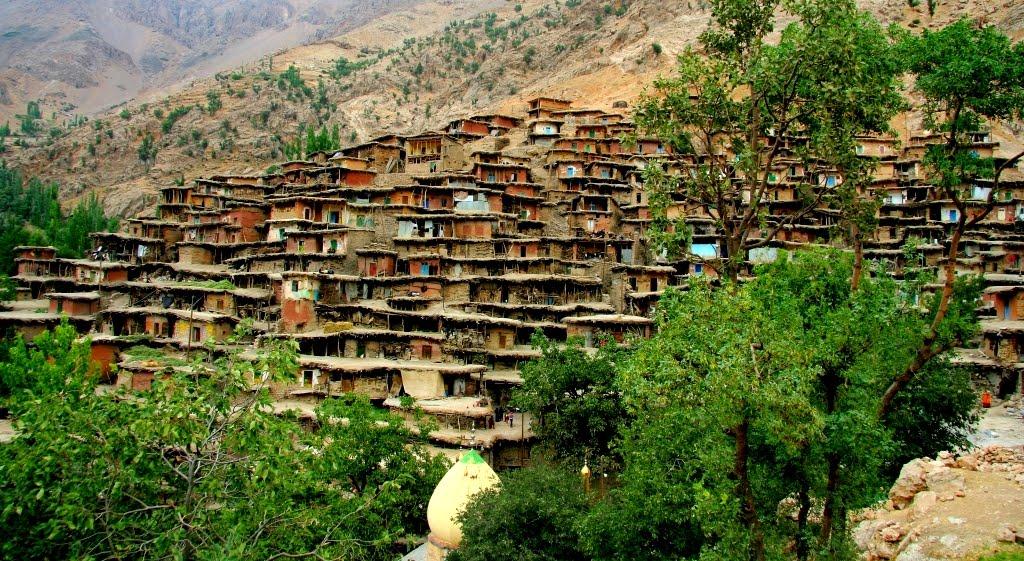Access to safe drinking water is a major concern throughout the world. Health risks arise from consumption of water contaminated with pollutants or harmful chemicals that can transmit diseases such as diarrhea, cholera, dysentery, typhoid and polio.
Safe and readily available water is important for public health, whether it is used for drinking, domestic use, food production or recreation.
During the last few years, the sources of drinking water supply in Iran have improved in many rural areas.
“Last year (ended March 20), 3,000 villages with a total population of two million were connected to water supply networks,” said Ali Asghar Qane’, deputy head of the National Water and Wastewater Engineering Company, IRNA reported.
“The number of villages receiving water delivered through portable tanks has now decreased by 50%, from 6,000 in the previous year to 3,000 now,” he said. A budget of $500 million from the National Development Fund of Iran (NDFI) was allocated for implementation of piped water projects.
NDFI is a sovereign wealth fund. It was founded in 2011 to supplement the Oil Stabilization Fund. NDFI is independent of the government budget.
Given the fact that currently there are 64,000 villages in the country of which 33,000 are deserted due to bad economic conditions, drought and lack of jobs, it can be concluded that around 10% of the villages still don’t have access to piped drinking water.
Since the present (outgoing) government took office in 2013, 5.2 million villagers have found access to piped water.
Recently, Rahim Meidani, deputy minister of energy, announced that an additional $300 million from the NDFI had been earmarked for implementation of the next phase of the plan to ensure villages have access to safe water.
Related projects will be completed within the next two years, so villagers won’t have to rely on tanker water supply.
Rural-Urban Migration
Statistics show that in 1956, the rural population comprised 70% of the population of 19 million while in 2015 it fell to the unbelievable level of 28% from the total 80 million population.
Results of the National Population and Housing Census released in February, show that during the past five years 3.9 million people moved from rural to urban areas, of whom 20.2% moved to the overcrowded capital. Likewise, 7.3% went to Khorasan Razavi Province, 6.8% to Isfahan and the remaining migrated to other cities, said Omid Ali Parsa, head of Statistical Center of Iran (SCI).
Currently, several thousand villages have been completely deserted and in fact abandoned partly due to the long years of drought in the past decades that saw unusually large numbers of people migrating to cities in search of jobs. Experts have warned that if the trend continues, the rural population will further decline to 22% by the year 2031. Implementation of programs for sustainable rural development can check the growing rate of rural to urban migration and its negative impacts that have already overwhelmed policy and decision makers.
Improved water supply and sanitation, and better management of water resources, can help boost economic growth and contribute greatly to poverty reduction and prevention of rural-urban migration.
In 2015, close to 91% of the world’s population had access to an improved drinking-water source, compared with 76% in 1990; since 1990, 2.6 billion people have access to potable water and 4.2 billion people now get water through a metered connection.
An estimated 2.4 billion access water through other improved sources including public taps, protected wells and boreholes, according to the World Health Organization.
But globally, at least 1.8 billion people use a drinking-water source with fecal contamination. Contaminated drinking-water is estimated to cause 502,000 diarrheal deaths each year.


